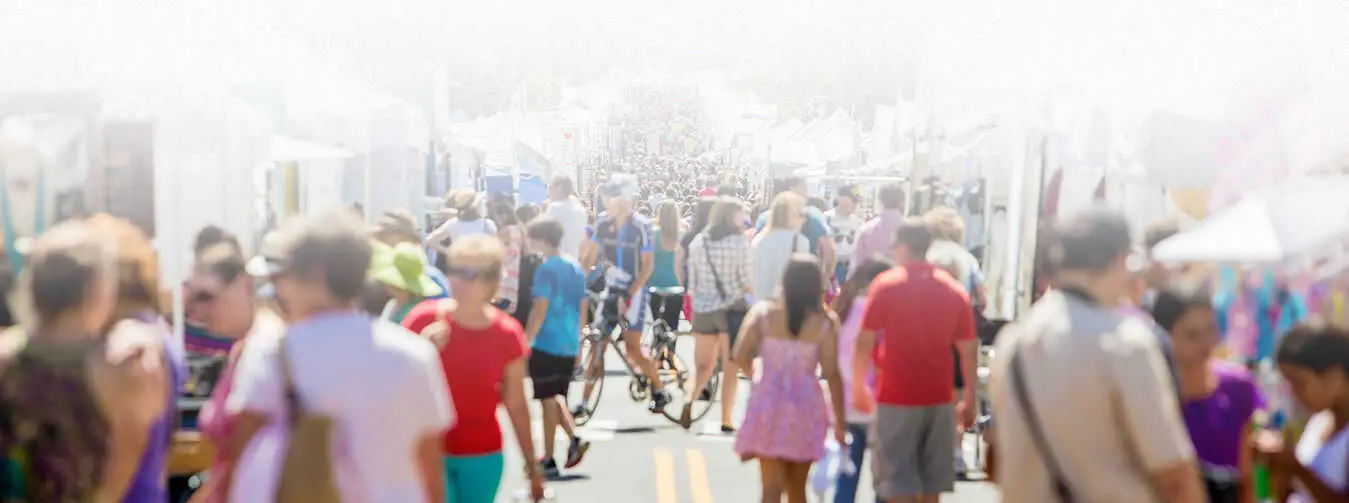Harriete Estel Berman
 Your detail image should be able to stand alone on its own merits.
No matter what aspect of the work you are choosing to place at center stage, the detail
shot should be visually compelling, and well designed.
Ideally, a good detail image is also a superb composition with great colors, and formal
pictorial qualities. Think of all the formal properties of a good painting. The detail image
should be an eye-catching image that exists independently of the full view shot, even if
it is not projected.
Details should always offer as much information as possible about the work.
Consider in advance the fundamentally important or unique features of your work (never
forgetting the impact of a thoughtful and carefully arranged composition). The close-up
should expand on the information given in the full view image and further define the
particular character of the piece. Featured details of surface, functionality, or special
technique should always be viewed in that context. If the conceptual content is an
important aspect of the work, then the detail should somehow address that issue.
Your close-up should also be considered a companion image to your full view.
In many circumstances, only two images for each piece will be sent to the jury, a full view
and a close-up. This combination should be a fantastic "one-two punch" offering a lot of
straight forward information. Although there are no guarantees that your detail and full
view shot will be shown together, you can increase the likelihood that they will be by
placing your images adjacent to each other in a digital format. Additionally, be sure to
clearly label on both image and paperwork that this is a detail of the full view.
Your detail image should be able to stand alone on its own merits.
No matter what aspect of the work you are choosing to place at center stage, the detail
shot should be visually compelling, and well designed.
Ideally, a good detail image is also a superb composition with great colors, and formal
pictorial qualities. Think of all the formal properties of a good painting. The detail image
should be an eye-catching image that exists independently of the full view shot, even if
it is not projected.
Details should always offer as much information as possible about the work.
Consider in advance the fundamentally important or unique features of your work (never
forgetting the impact of a thoughtful and carefully arranged composition). The close-up
should expand on the information given in the full view image and further define the
particular character of the piece. Featured details of surface, functionality, or special
technique should always be viewed in that context. If the conceptual content is an
important aspect of the work, then the detail should somehow address that issue.
Your close-up should also be considered a companion image to your full view.
In many circumstances, only two images for each piece will be sent to the jury, a full view
and a close-up. This combination should be a fantastic "one-two punch" offering a lot of
straight forward information. Although there are no guarantees that your detail and full
view shot will be shown together, you can increase the likelihood that they will be by
placing your images adjacent to each other in a digital format. Additionally, be sure to
clearly label on both image and paperwork that this is a detail of the full view.
Read more!


